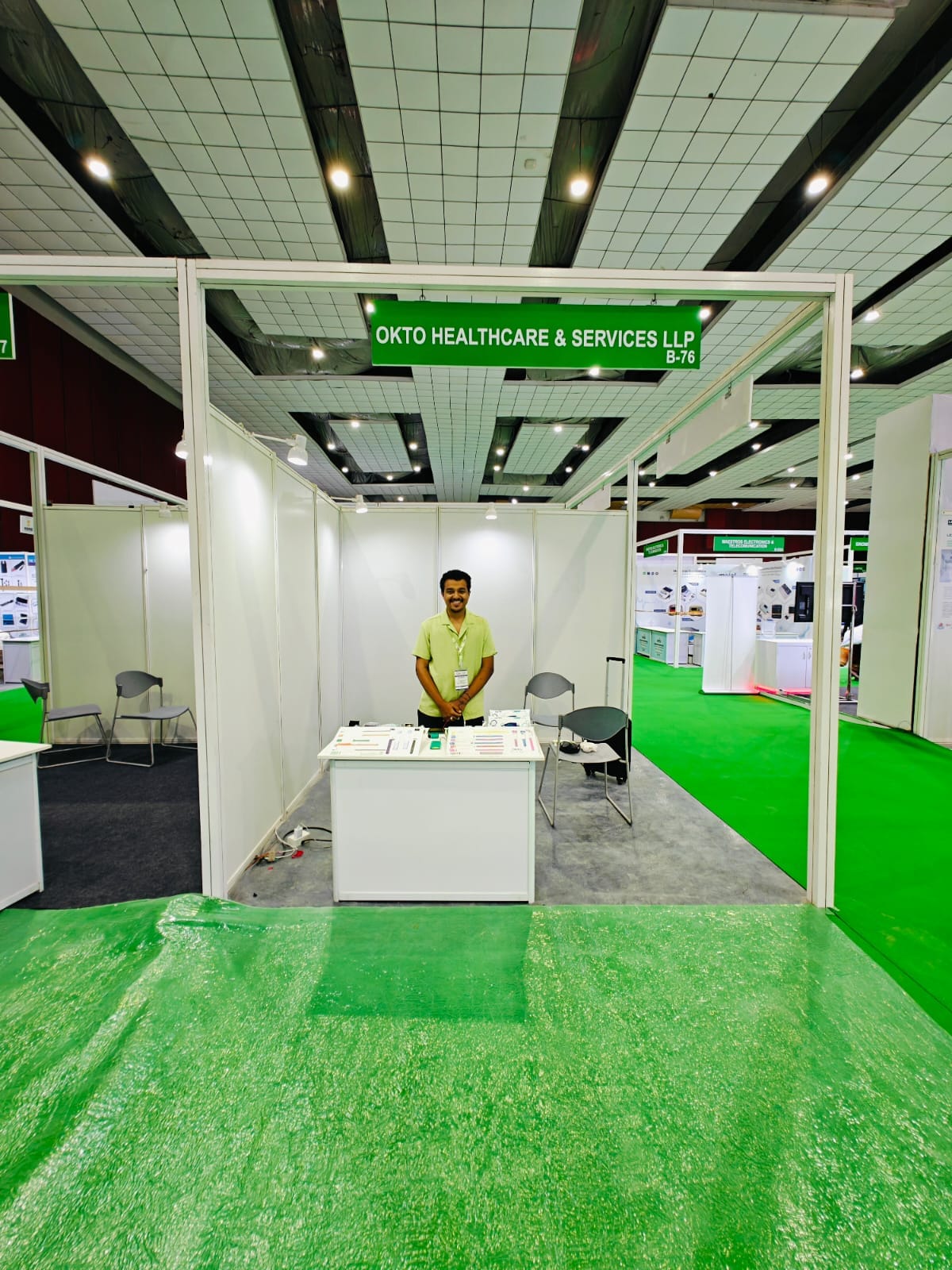The Duty of Patient Identification Band in Ensuring Accurate Medical Records
The Duty of Patient Identification Band in Ensuring Accurate Medical Records
Blog Article
Enhancing Patient Treatment With Effective Recognition Bands
The application of reliable recognition bands is a crucial element in boosting individual treatment within healthcare setups. As the landscape of person identification evolves, one must consider the effects of these systems on overall healthcare delivery and patient end results.
Relevance of Individual Recognition
Ensuring accurate person identification is important in healthcare settings, as it directly influences the safety and security and top quality of care offered. Misidentification can result in serious mistakes, consisting of providing the wrong medication, doing inaccurate procedures, or miscommunicating vital patient information. Such mistakes not just endanger patient safety but can additionally lead to legal implications and lowered count on medical care systems.
Efficient client recognition is essential to establishing a secure setting where patients receive appropriate and customized care. It promotes the precise documents of case histories, allergic reactions, and therapy plans, making sure that doctor have accessibility to important details in any way times. Additionally, durable identification protocols aid enhance interaction among medical team, enhancing partnership and reducing the danger of mistakes.

Kinds Of Recognition Bands
Identification bands play a crucial role in keeping accurate individual documents and enhancing safety and security within healthcare atmospheres. Numerous sorts of recognition bands are utilized to cater to the certain demands and requirements of different person populaces.

Another kind is the ankle joint band, which is especially helpful for infants and infants, making certain that identification continues to be intact even during care treatments. Specialty bands, such as those for allergy signals or fall threat indications, give added layers of security by attracting immediate interest to crucial person conditions.
Just recently, electronic recognition bands have acquired popularity, integrating barcodes or RFID technology that can be scanned to swiftly fetch client data. These bands enhance operations and decrease the threat of human mistake during person identification processes.
Benefits of Effective Recognition
Reliable recognition of people with the use of recognition bands adds dramatically to overall client security and care high quality. By ensuring that each client is accurately identified, medical care carriers can effectively match clinical therapies and treatments to the correct individual, reducing the risk of mistakes. This is especially important in settings with high person turnover, where the potential for misidentification is higher.
Additionally, efficient recognition bands improve communication amongst medical care groups. Accurate and clear person recognition promotes collaboration and makes certain that all employee know a person's details requirements and medical history. This interaction is necessary for providing worked with treatment, particularly in emergency scenarios where time is vital.
)
Inevitably, reliable recognition with making use of recognition bands not only safeguards patients but also promotes a culture of safety and security within medical care facilities (Patient Identification Band). By focusing on exact identification, medical care organizations can improve end results and enhance the total person experience
Applying Identification Systems
While the value of individual identification is well recognized, the execution of robust identification systems poses a facility difficulty for healthcare companies. Developing effective recognition systems needs a comprehensive technique, incorporating innovation, personnel training, and procedure integration.
First, companies need to select ideal identification hop over to here modern technologies, such as barcode scanning, RFID, or biometric systems. Patient Identification Band. These modern technologies ought to be evaluated go based upon price, functionality, and compatibility with existing framework. A pilot program can assist recognize potential concerns prior to major application
Next, detailed training for personnel is vital. All personnel have to understand the relevance of accurate person recognition and be skilled in making use of the chosen modern technologies. Regular training updates and assessments can strengthen finest practices and make certain ongoing conformity.
Additionally, health care companies should develop standardized procedures for person recognition throughout all departments, decreasing discrepancies and improving communication. Routine audits can aid recognize spaces in adherence to these protocols.

Ultimately, an effective implementation of identification systems not just boosts patient safety but likewise promotes a society of liability and persistance within medical care setups, guaranteeing trusted and regular individual care.
Future Trends in Patient Identification
Advancements in technology are readied to reinvent client identification practices in medical care setups. The assimilation of biometric recognition techniques, such as fingerprinting and facial recognition, is expected to improve accuracy and protection. These modern technologies can significantly reduce the risk of misidentification, ensuring that individuals receive the proper therapies and drugs.
Additionally, the execution of blockchain modern technology for client records is gaining traction. This decentralized strategy can supply a tamper-proof and protected method for handling patient identifications, thereby streamlining accessibility to vital information across various health care companies.
An additional trend is the enhancing use mobile wellness applications that utilize QR codes for patient recognition. These applications permit real-time updates and easy accessibility to patient data, encouraging health care professionals to make enlightened decisions quickly.
Furthermore, synthetic intelligence (AI) is positioned to play a vital role in evaluating person identification information, recognizing patterns, and predicting potential recognition errors before they happen.
As these modern technologies evolve, they guarantee not only to enhance patient safety however also to improve the total efficiency of healthcare delivery systems. Embracing these advancements will be critical for future-proofing person treatment practices.
Verdict
In verdict, effective identification bands are essential for improving person safety and security and care top quality within medical care setups. By decreasing the threats related to misidentification, these bands facilitate timely and accurate info retrieval, ultimately improving interaction amongst medical care carriers. The application of durable identification systems not only fosters have a peek at this site a society of safety but additionally positions medical care institutions to adapt to future trends in patient recognition innovation, ensuring optimal end results for patients in diverse clinical settings.
As the landscape of client recognition develops, one have to consider the ramifications of these systems on total medical care shipment and patient results.Efficient person identification is fundamental to developing a protected environment where patients obtain suitable and personalized treatment. Ultimately, focusing on efficient client recognition approaches not only cultivates a culture of safety however also adds to improved individual end results and general complete satisfaction with medical care services.
Efficient recognition of patients with the usage of identification bands adds significantly to total person safety and security and care high quality. The implementation of durable recognition systems not only promotes a society of safety however additionally positions health care establishments to adjust to future patterns in individual identification technology, making certain optimal results for people in diverse medical atmospheres.
Report this page